Video by Rich Thompson, MAF Australia
On the morning of 24 April, Bishnu Gurung and his friend walked along a narrow trail cut into a steep mountainside in the Nupri Valley of Nepal, heading toward their tiny village of Jagut six hours further along. The only access leading into the mountains are the trails and walking bridges that crisscross the valley as they make their way high and deep into the Himalayas. When the ground began to move under Bishnu’s feet, and the mountain let loose a landslide of boulders directly above them, it was too late to run. A large rock hit Bishnu in the chest, knocking him unconscious. When he came to, he was lodged under the protection of a tree that likely saved his life. His friend was dead.
Silas Tamang grew up in a small village on a steep mountainside. When the earthquake hit, every house began to crumble. As his parents and life-long neighbors ran for their lives, landslides came down on either side. They couldn’t stay, even to camp under tarps. It was too dangerous. All 105 people left behind the only life they had ever known to camp in a forest of relative safety, all now homeless.
Similar stories can be told by hundreds of thousands of people in Nepal. Statistics give a picture of the magnitude but can never give a picture of the pain: more than 8800 confirmed deaths and more missing, over 600,000 homes destroyed and 280,000 damaged, 2.8 million people in need of humanitarian assistance.
Where do you begin to help in the face of such daunting numbers?
Help on the Way
MAF’s Disaster Response Team needed to first answer the question, “Can MAF help?” With very specific skills in fixed wing flying and aviation logistics, it was very possible there would be no need. Daniel Juzi landed in Kathmandu, Nepal a few days after the earthquake, followed quickly by Alan Robinson, to assess the aviation situation.
Soon it became clear that fixed-wing planes could not help. Daniel and Alan knew what was needed to reach remote and isolated areas trapped behind a wall of damaged roads and landslides, or villages that had never known road access in mountainous terrain. It had to be small helicopters that could land in the smallest of spaces. Humanitarian organizations would need to quickly reach these areas to assess the needs and rapidly respond with aid.
Fishtail
MAF made the decision to not fly but to coordinate the flying through a partnership with a local highly respected company called Fishtail Air using two of their Airbus AS350 helicopters and pilots experienced in Nepal’s mountains. The aircraft held five and six passengers, or up to 550 kilos of cargo. MAF staff had the skills to coordinate rapid and urgent humanitarian needs in a high-paced environment. It was a good match.
The price of hiring a commercial helicopter, however, is out of reach for most NGOs, costing anywhere from $1800 to $3000 per hour. UK Aid (DFID) agreed to fund 50% of the operation, and MAF supporters across the world contributed the rest necessary to subsidize the flights so registered NGOs needed only to pay 10 to 30% of the actual cost.
One Body, Many Parts
“God brought the right people, the right partners, and even the right local operator to work together for this time, and use skills neither of the other had just by themselves,” said John Woodberry, MAF’s Disaster Response Manager. “We have people gifted in all kinds of things, from logistics, to coordination, to the legal side of flight operations, to assessing needs, to funding, and working with partners and their many different desires, and still keep our eyes on the big important issues. It’s been amazing.”
The overwhelming response from NGOs took the team by surprise. Often the large one-room office was standing-room-only. In the first two months, 69 humanitarian organizations used the service, flying 2,399 passengers, and 374,910 kilos of cargo to 210 different locations unreachable by road.
“To me it’s phenomenal!” John Woodberry says. “When you look at our 10-hour operational days from the beginning, on average there’s a helicopter taking off and landing every 9 minutes. It gives you a feel of the pace of the needs we’re meeting out there.”
Not One Home Left Standing
NGOs that used the helicopter service ranged from small to large, local and international, faith-based and secular. Over and over, the MAF staff heard passionate thanks from organizations that had previously tried to reach remote areas, only to be hindered by impossible helicopter costs, frustrating wait-times, or bureaucratic nightmares prior to using the MAF service. Many became emotional as they told the team of the destruction they had seen and what they were able to accomplish with the subsidized flights.
Six days after the program officially began, Daniel Burgi popped into the MAF Nepal office with his Sherpa colleague Dandul looking scruffy, excited, and emotional. “I wanted to give just a quick word of thanks to you guys,” he said and proceeded to describe their first helicopter flights loaded with food for two extremely remote villages.
Daniel has worked in Nepal for 18 years with Himalayan Life, a small faith-based NGO, and speaks the language like a native. Before MAF began coordinating the highly subsidized flights, Daniel and Dandul trekked for five days into a hard-hit but overlooked section of Sindhupalchok District, walking from village to village in a long loop.
“For three days we didn’t see one single house that was standing,” Daniel described. “We were absolutely stunned by the devastation. There was nothing left, simply nothing.”
Himalayan Life provided 3700 kilos of food and shelter materials in just two days to six villages via helicopter. “These loads were the first relief items to arrive in that area. People couldn’t believe it that we were actually back. We said we would come back and we came. It has meant an unbelievable lot to them. We’re very, very thankful.”
One Flight at Time
In the face of daunting statistics, this is how you help: one flight at a time.
Medical teams from Médicins du Monde (MdM) flew into areas cut off by landslides to set up temporary medical clinics, and in one instance averted a full-scale Shigella dysentery outbreak.
Mountain Child flew large canvas tents into four high mountain villages, allowing the damaged schools to reopen for the poor ethnic-Tibetan Nupri children.
CARE medevaced from a remote village a woman crushed in her collapsed home during the second major earthquake.
One family of seven, whose home was reduced to rubble in Bhacchek, lived under a 10 x 15 foot tarp, with two beds getting soaked each night by the monsoon rains until BMDMI (Baptist Medical and Dental Missions International) brought the materials to build a sturdy corrugated iron Quonset hut shelter, not only for this family, but for 200 more.
Water Missions International stopped a bloody diarrhea outbreak in the village of Pokhari by flying in over a kilometer of pipe, a 10,000 liter bladder tank, taps, and chlorination unit, giving clean water to a community that had lost every home. “My favorite memory from this was hiking up a week later for a follow up,” Project Engineer Tim Darms recalls. “I ran into a couple of the community members who immediately recognized me. They greeted me with kisses. They were kissing my hand, kissing my chest. I was a sweaty mess, but it didn’t stop them.” Tim paused, his eyes filling with tears. “Just seeing that level of excitement a week later really broke me.”
Hope
As MAF continues to provide flights through 15 September with further UK AID funding, new avenues may open to continue serving the Nepali people beyond this crisis.
“It’s been a great privilege and honor to be able to serve suffering people with the gifts God has given us,” John Woodberry said, looking back on the work of the first two months. “I’m under no illusion that my skills are needed, but I know all the staff would say that they’re just thankful they can help and love other people. MAF’s mission is to share the love of Jesus Christ through aviation and technology so that isolated people may be physically and spiritually transformed. We have a wonderful opportunity to serve being placed before us.”
The needs are great and much prayer is needed as MAF looks to the future and how we might bring hope to a broken people, one flight at a time.
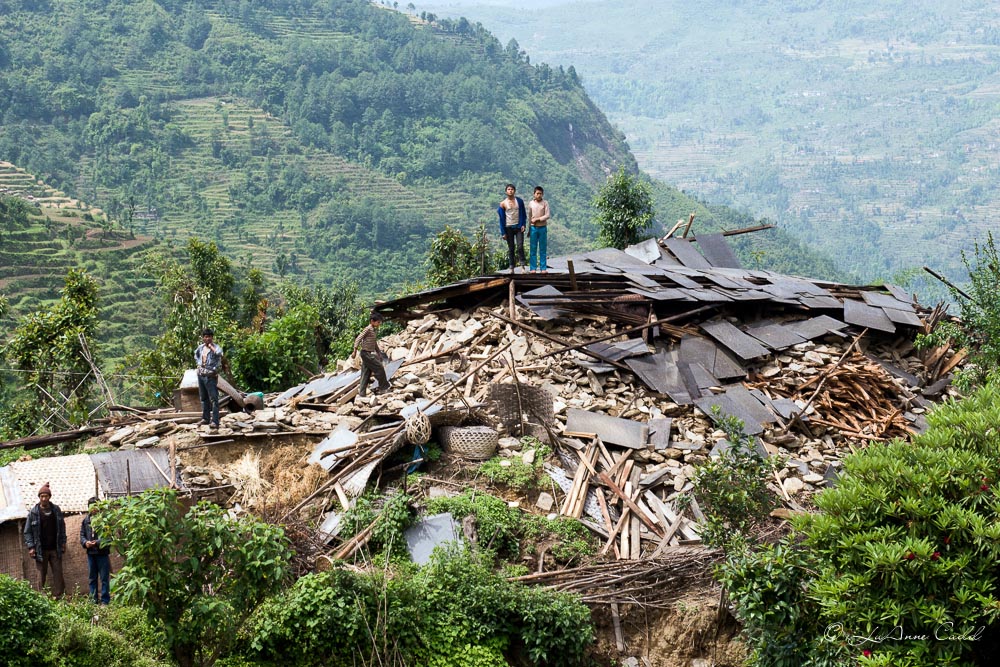
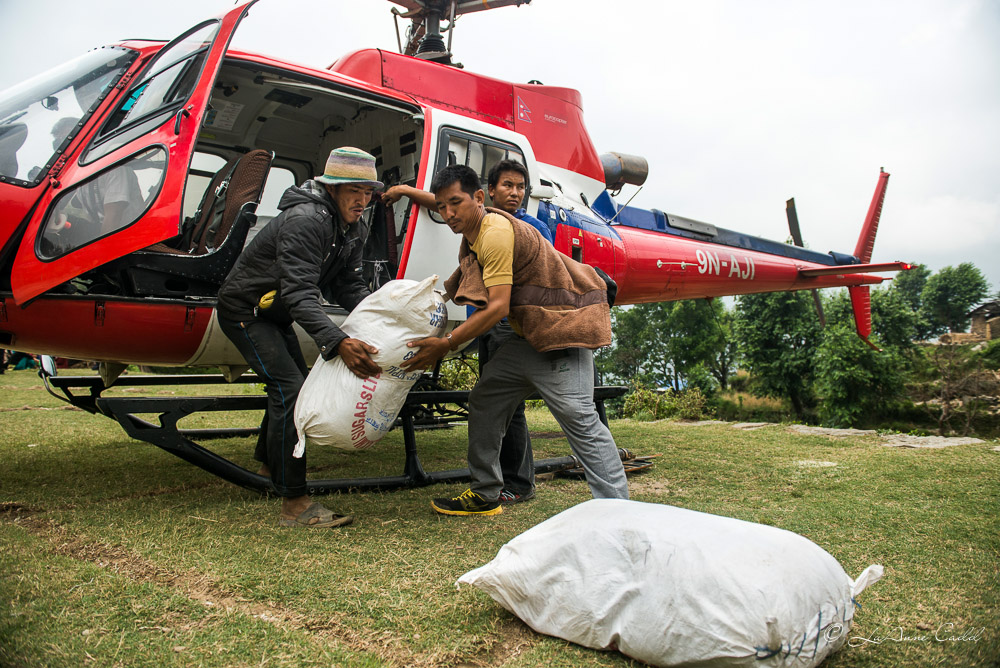
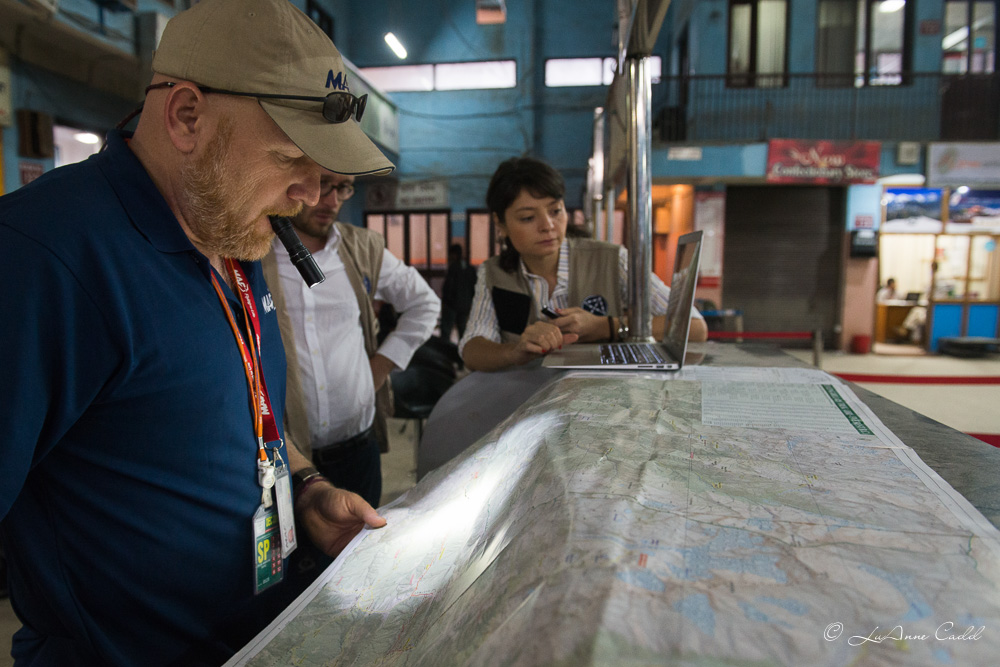
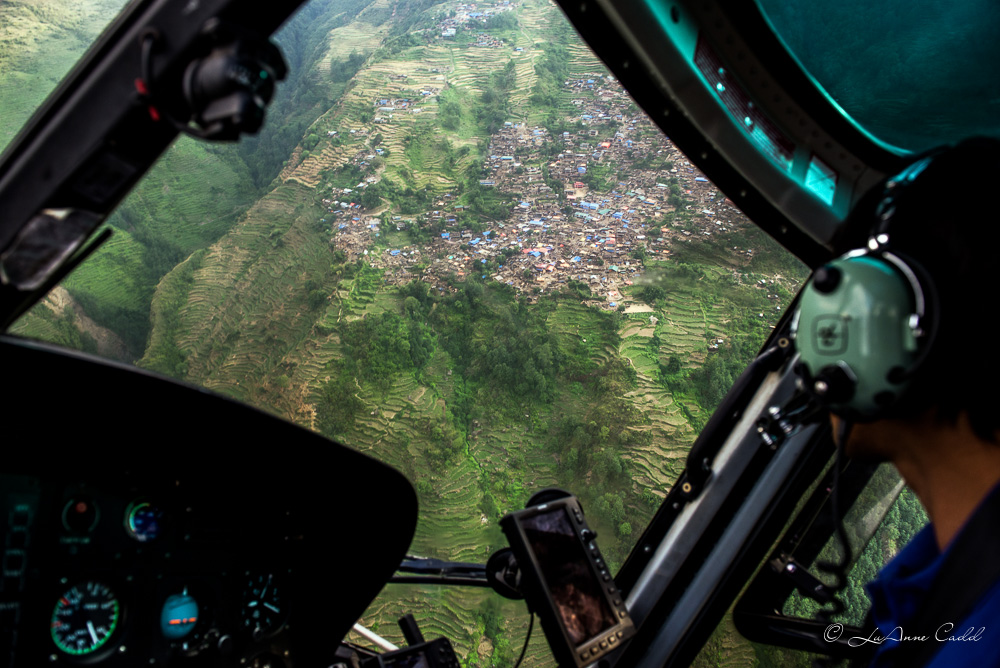
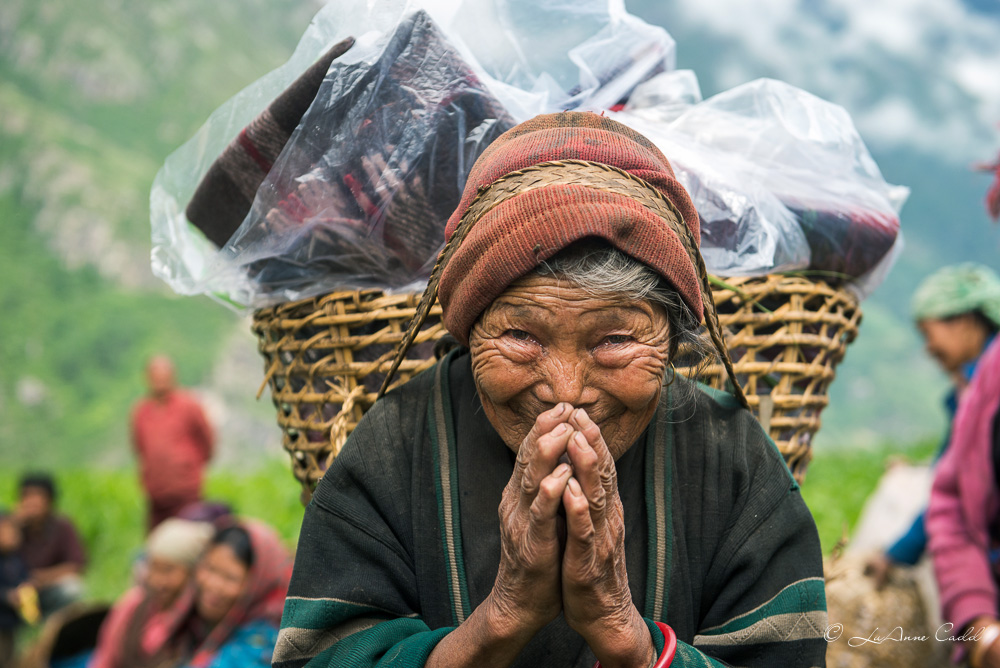
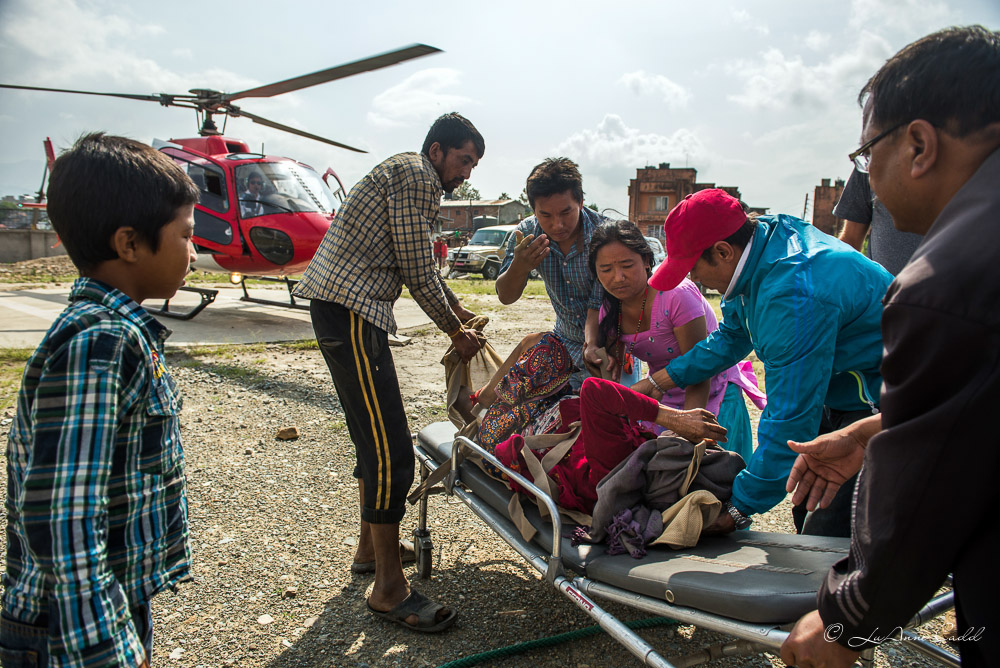
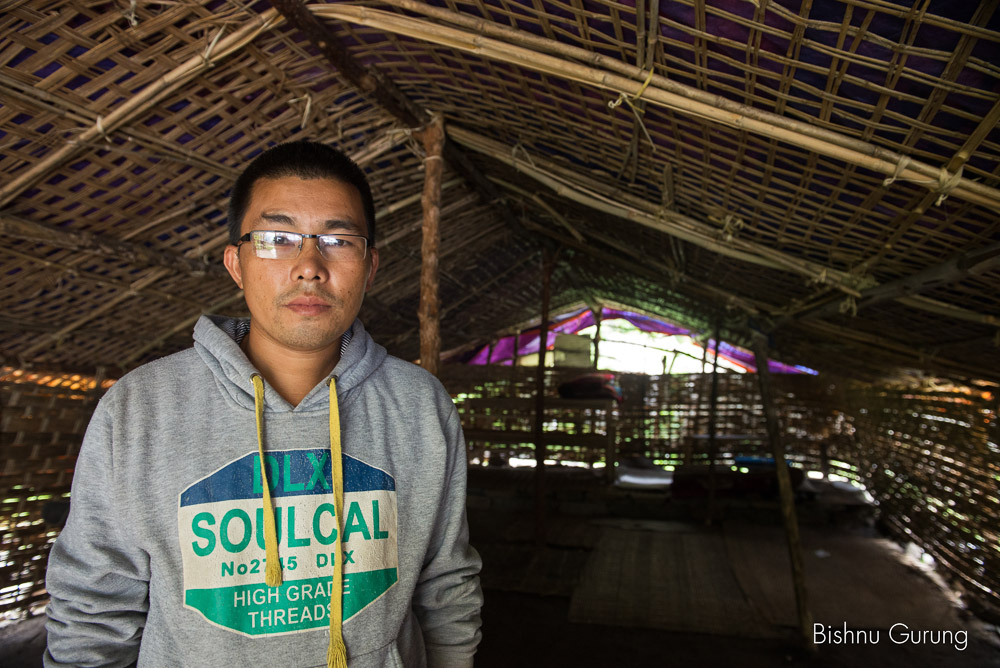
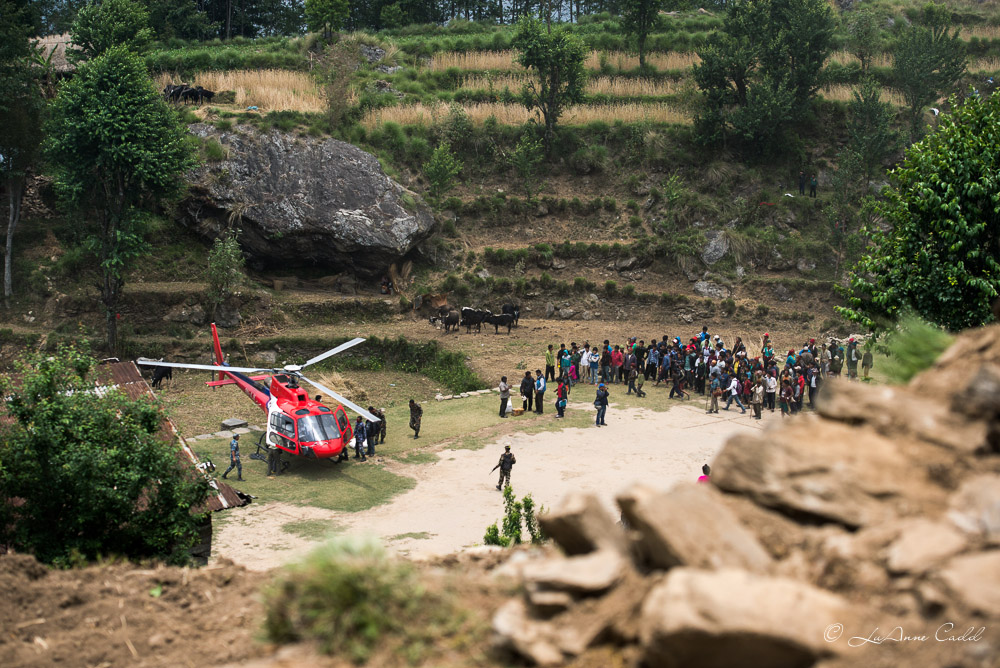
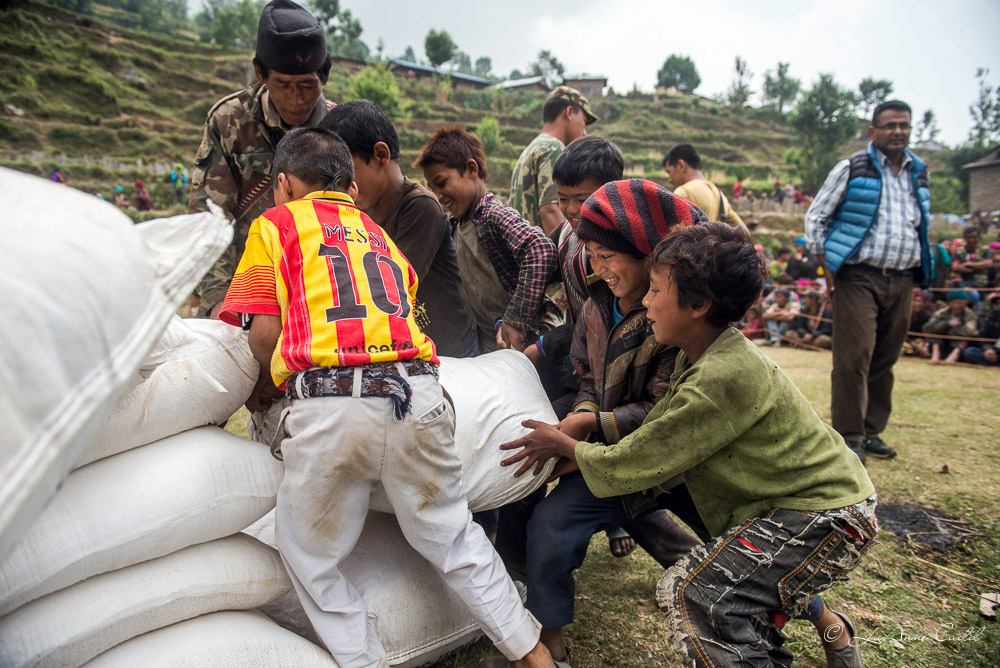
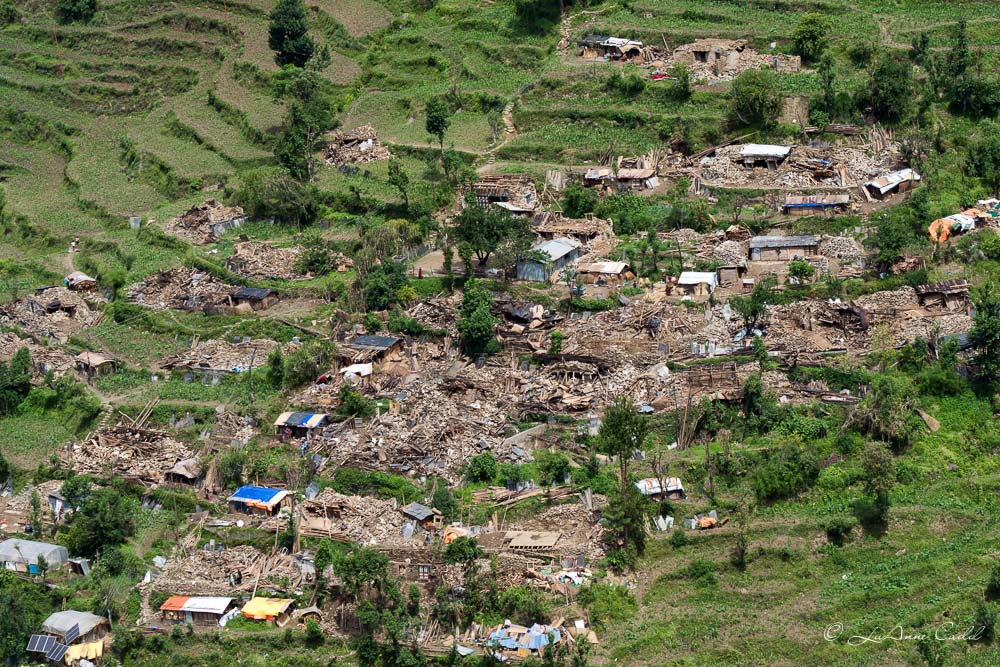
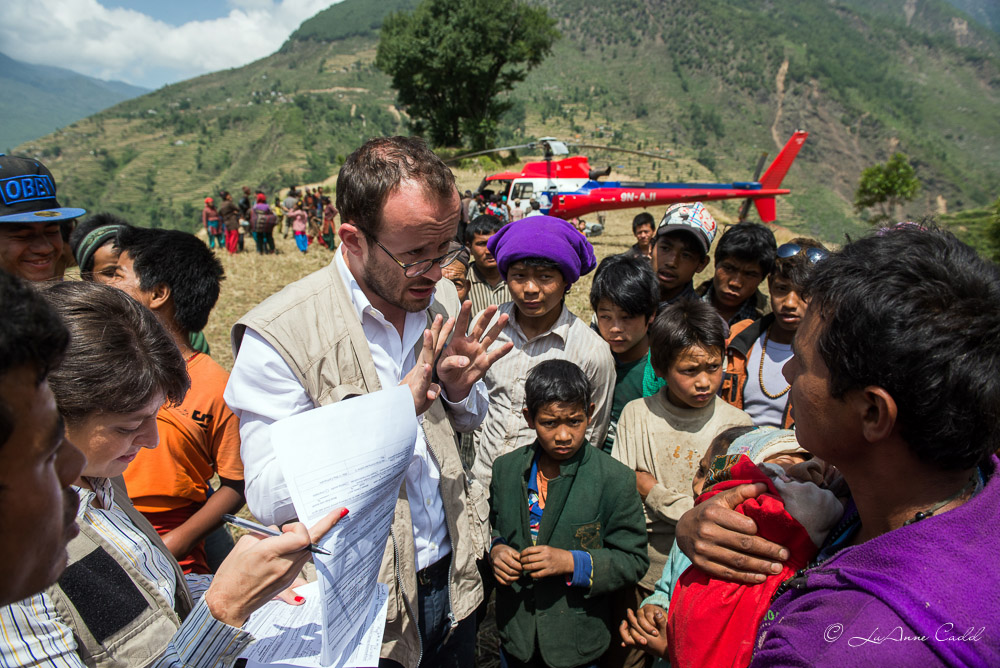
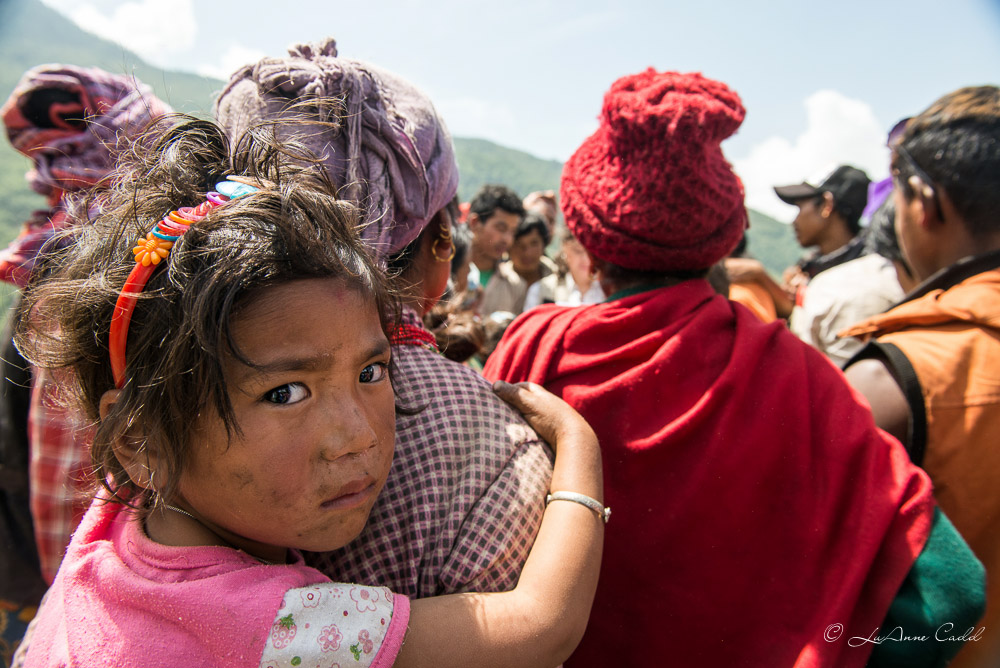
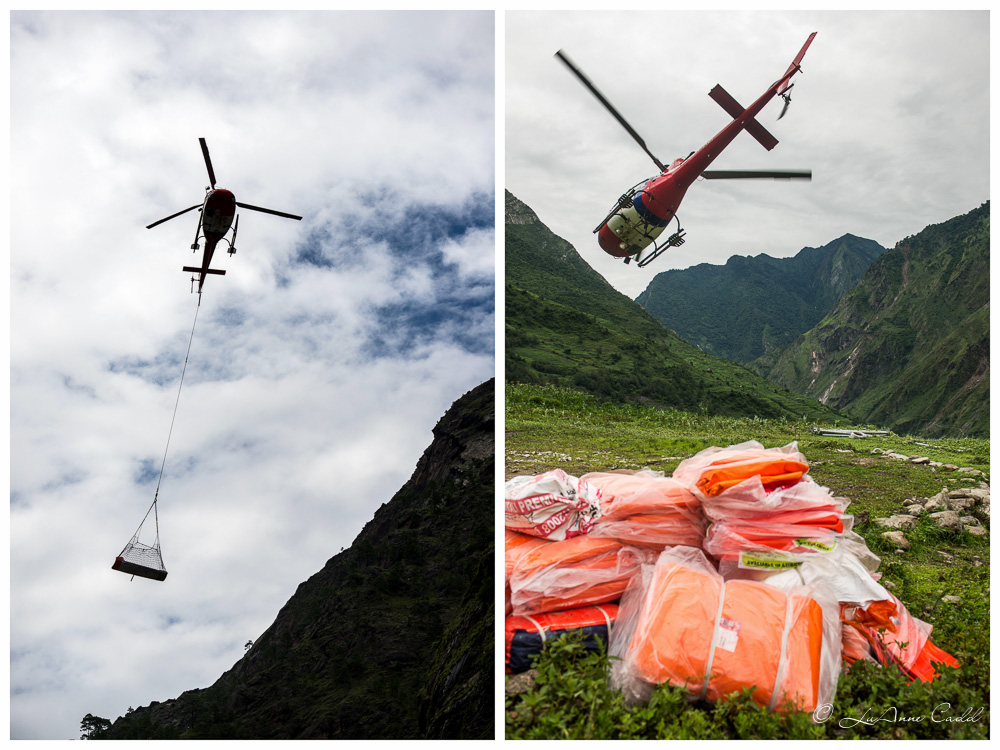
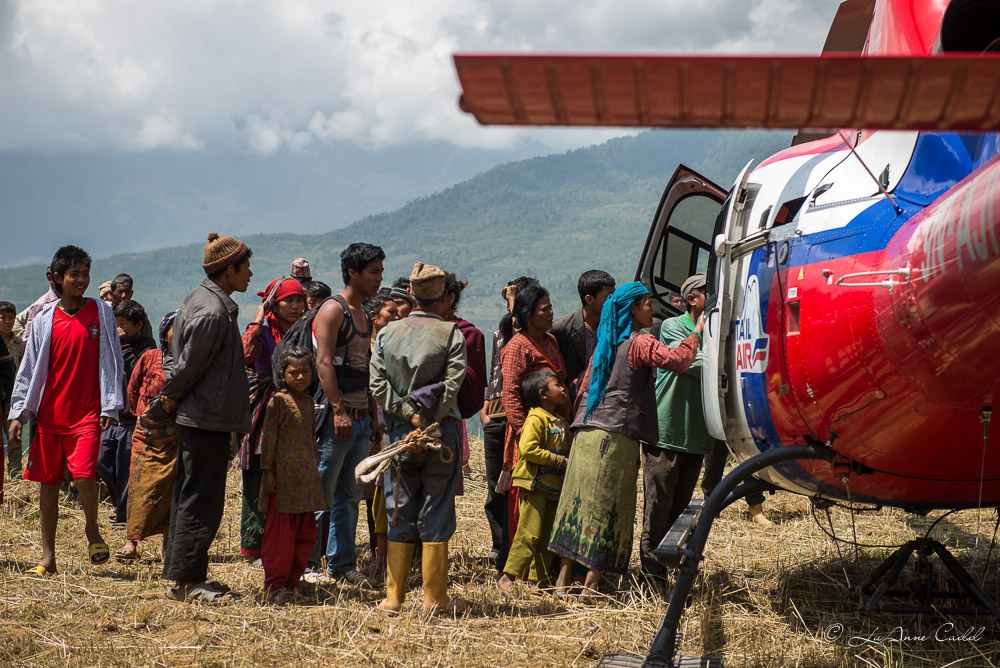
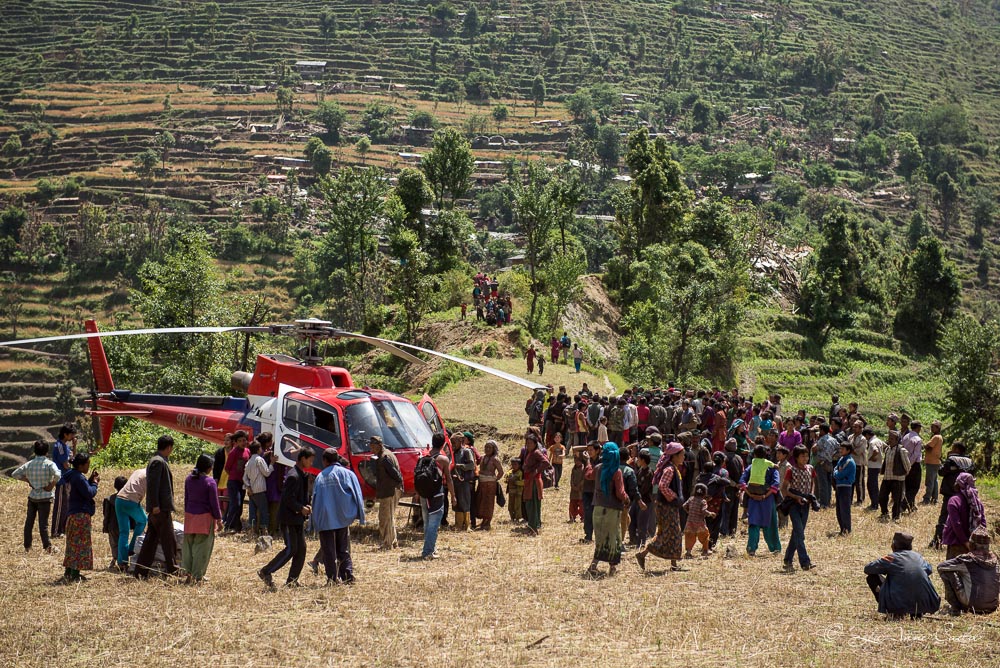
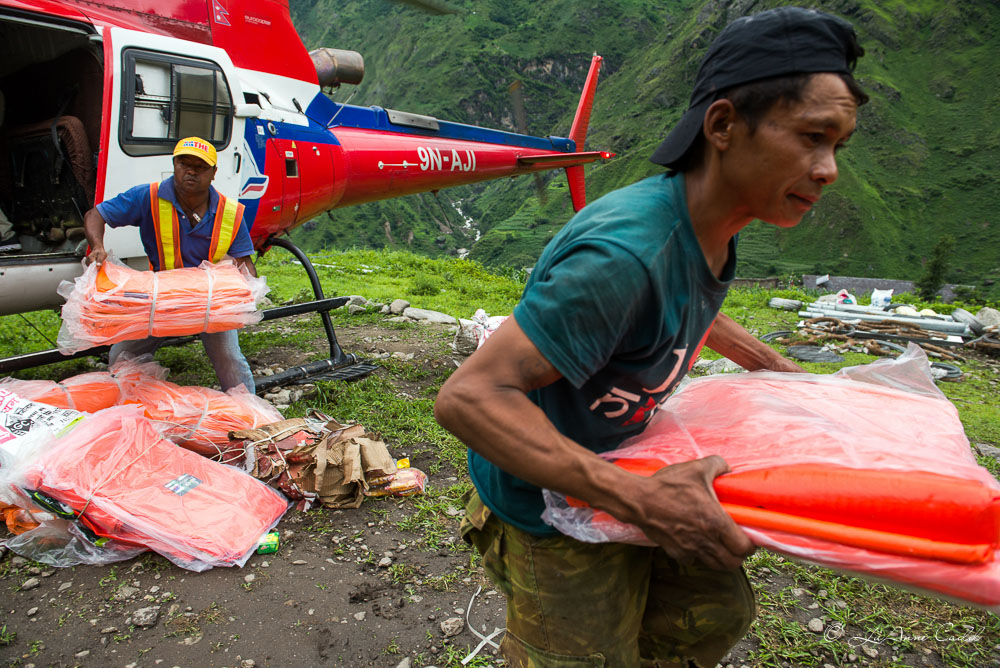
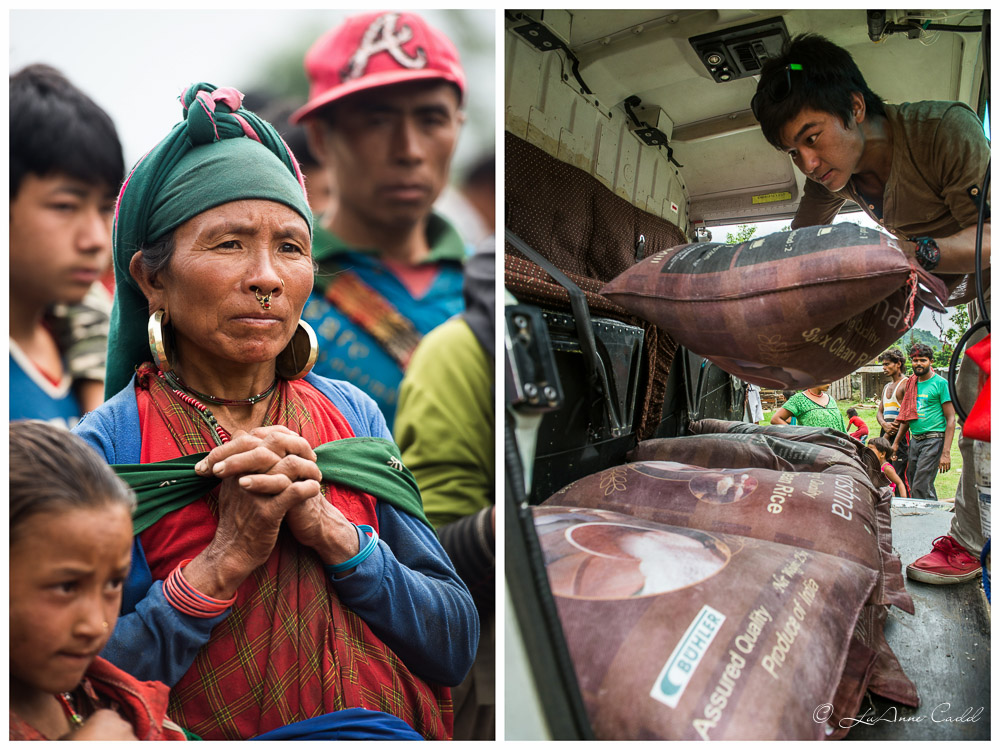
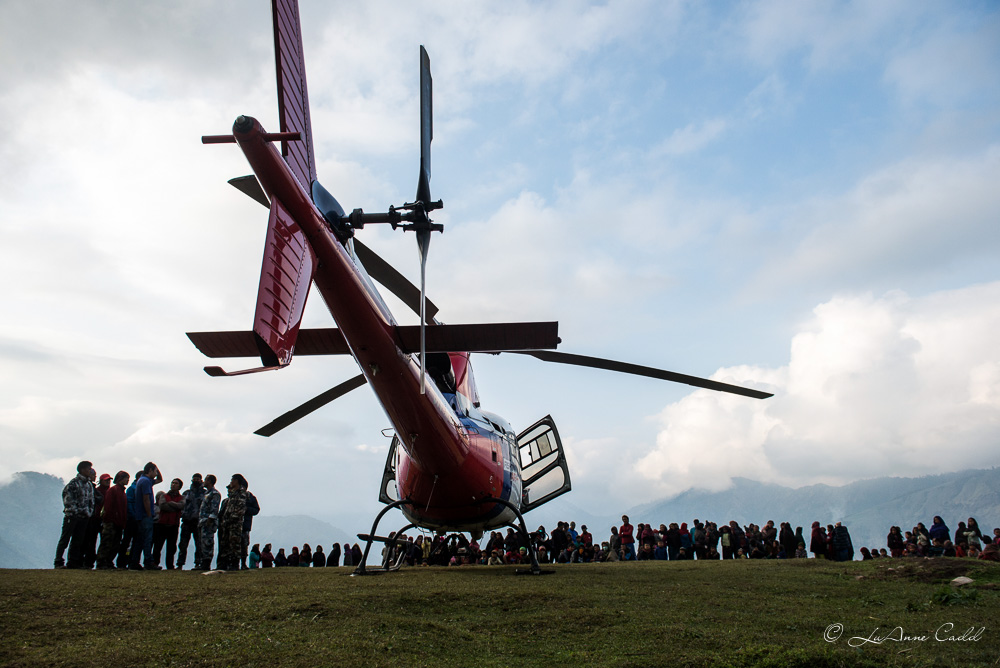
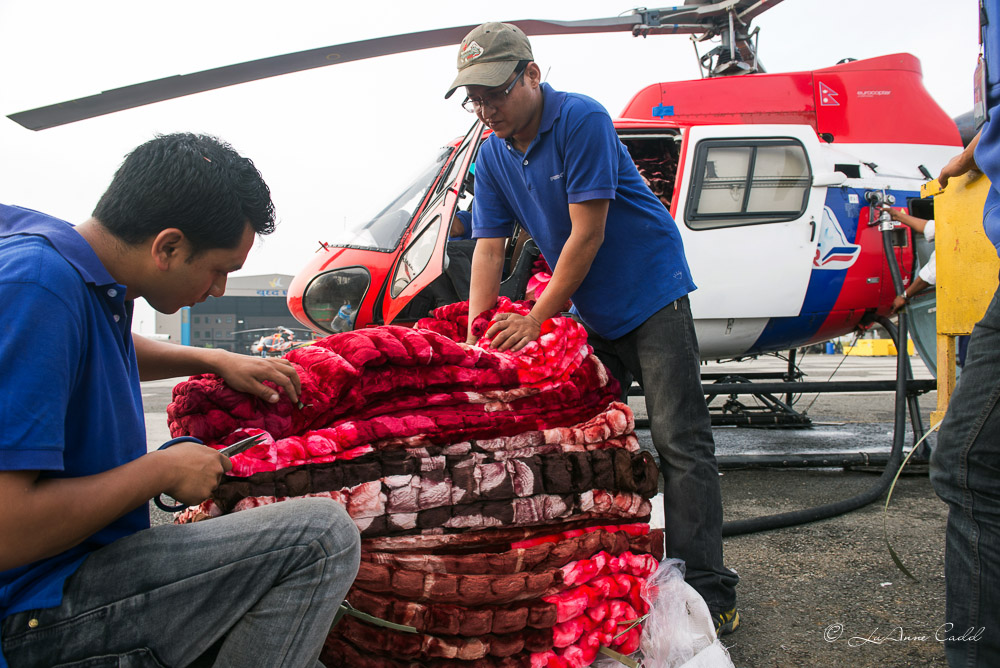
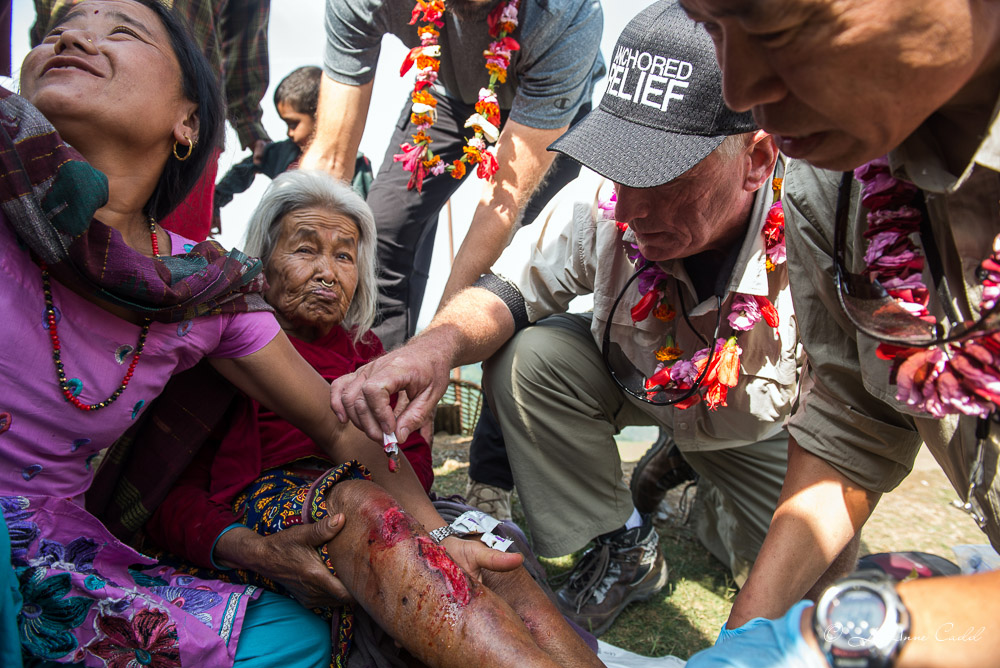
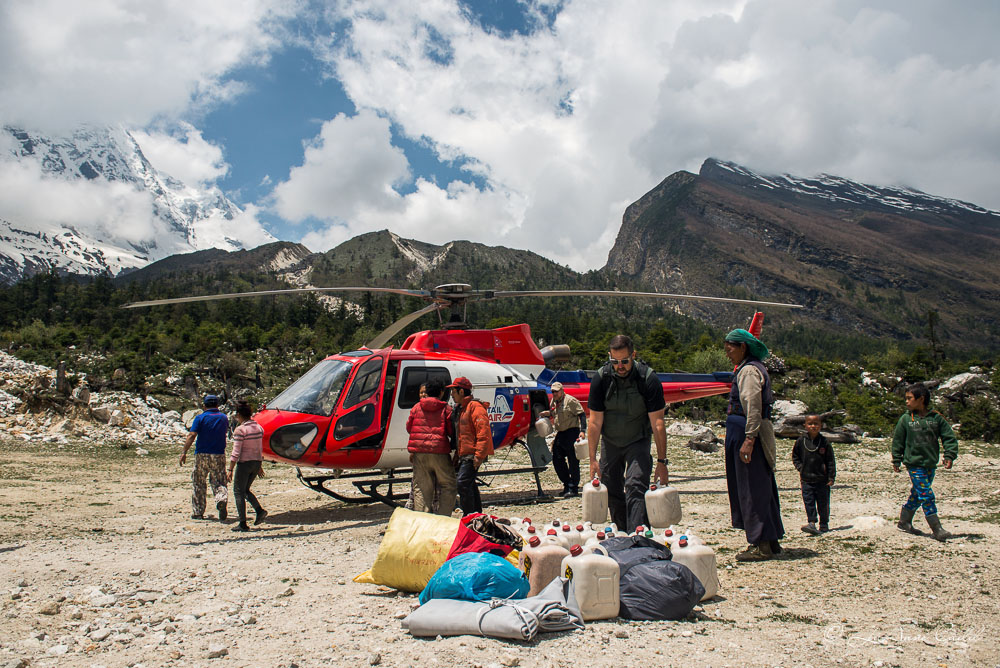
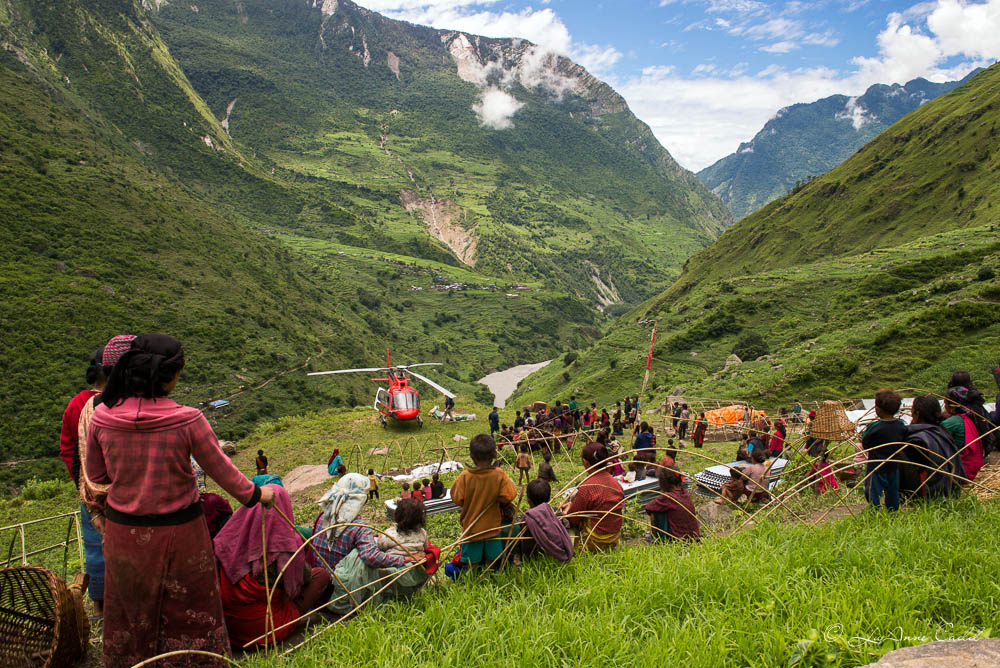
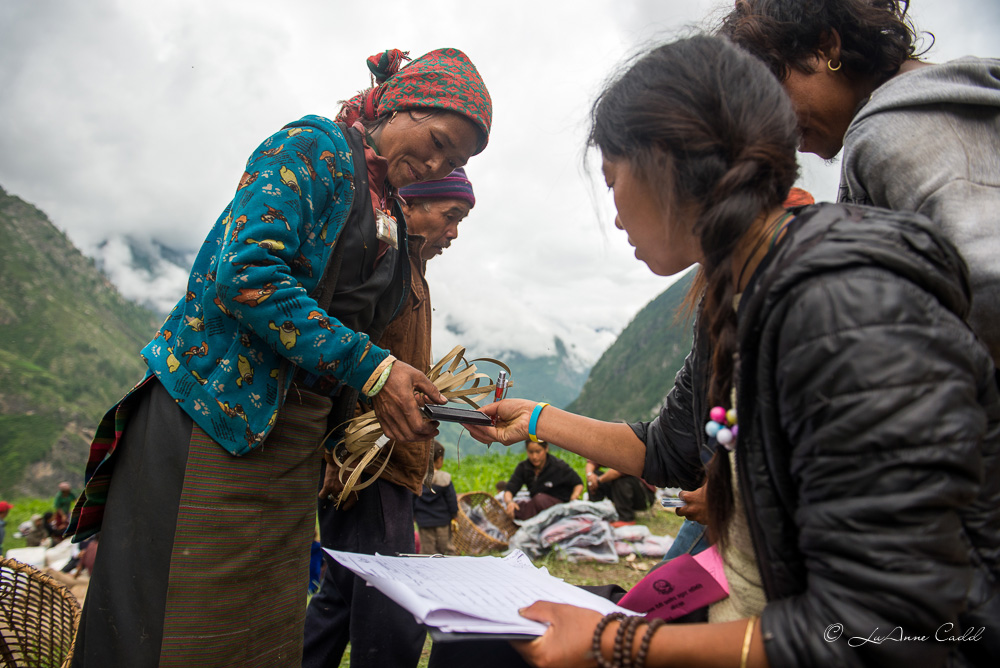
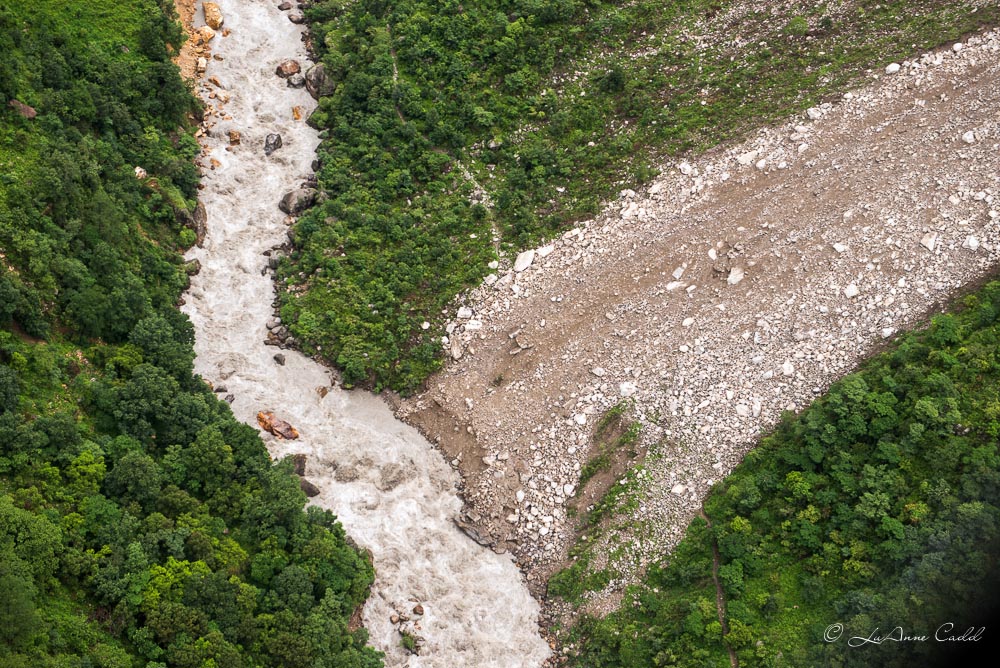
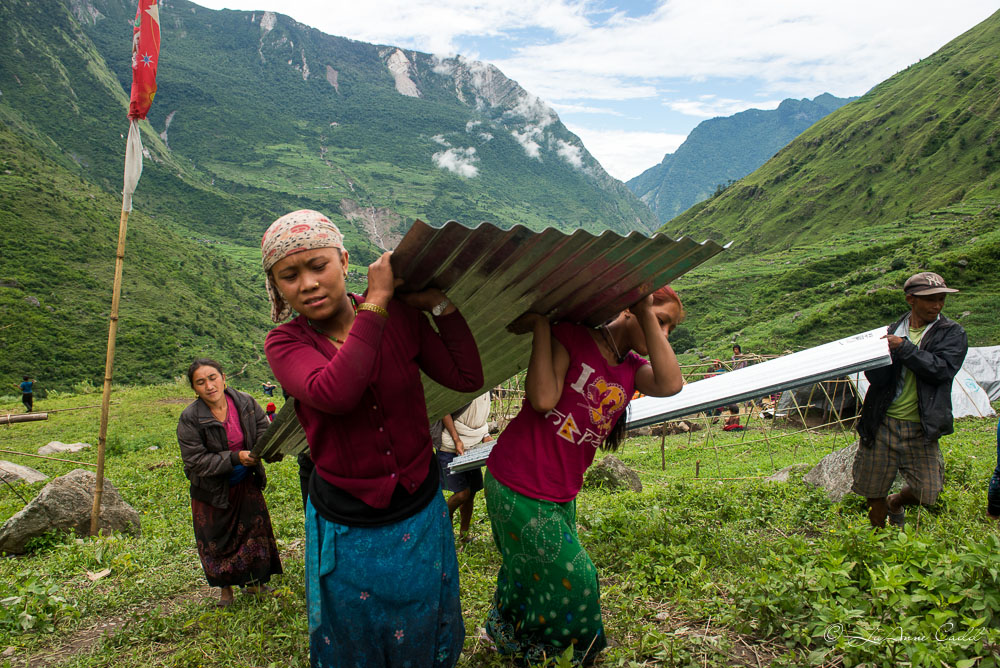
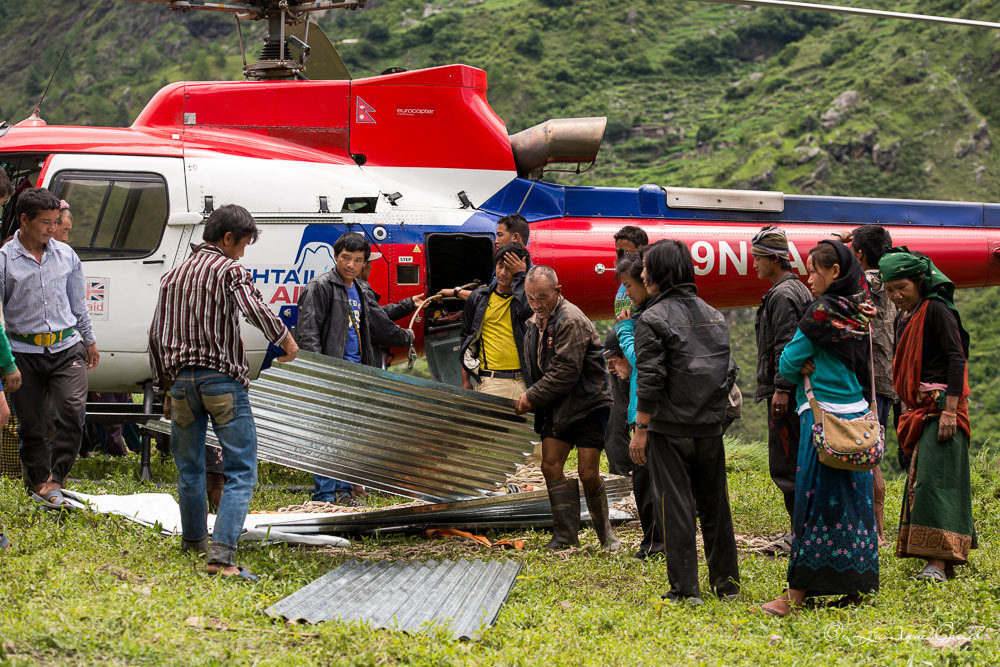
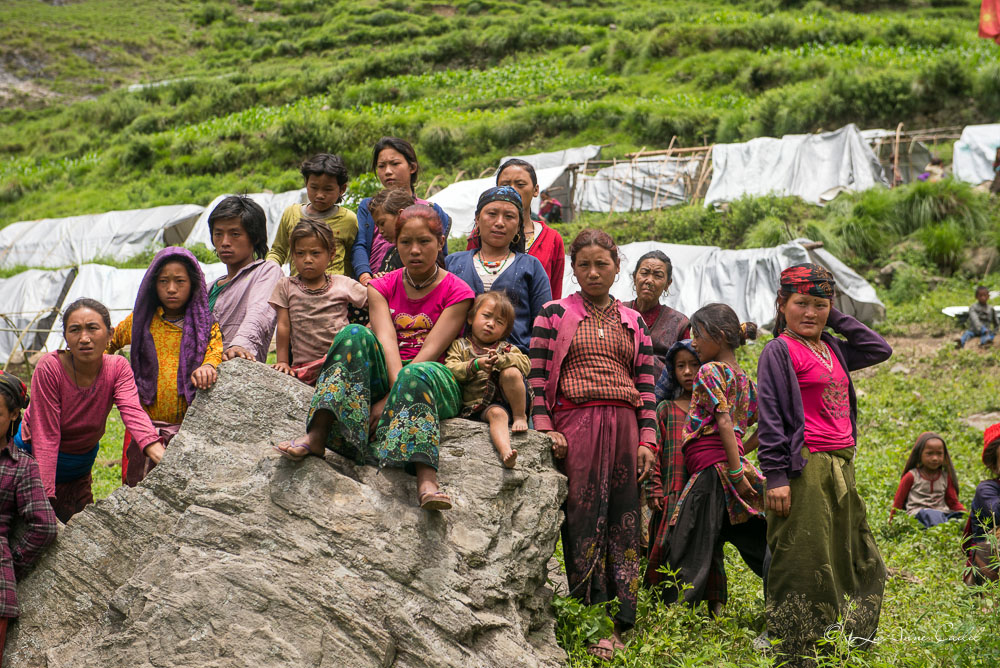
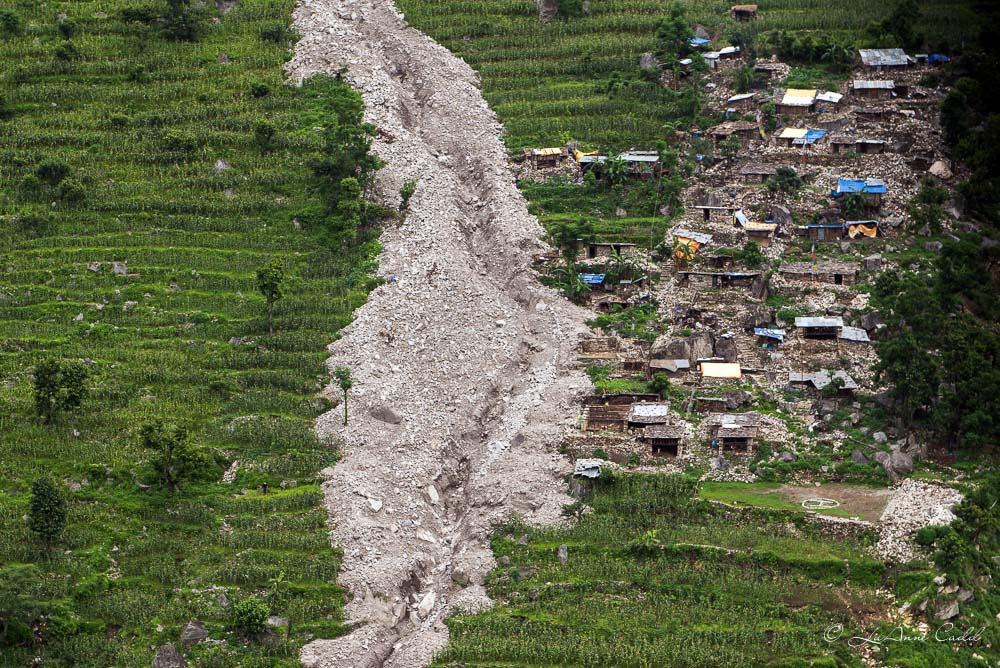
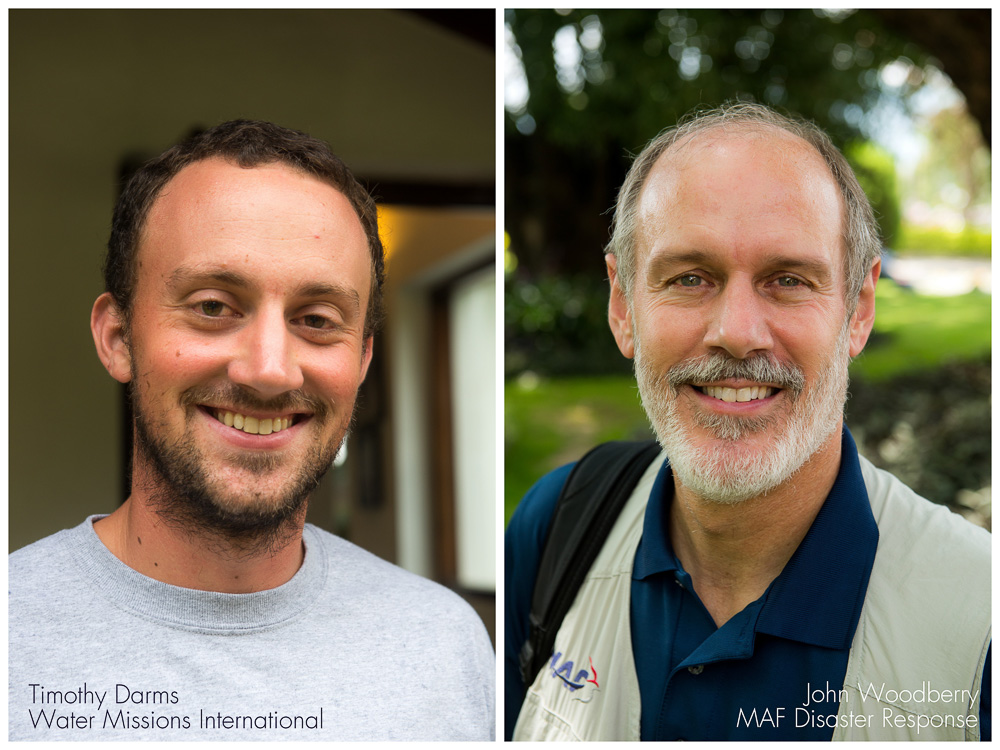
Luanne really well reported informative and very moving. Thank you for doing the work you do. I know that when someone makes something look easy I am not fooled. YOu are a seasoned “master” journalist. You are an inspiration. And I will pray for the people of Nepal.
Thank you, Denise. That means so much coming from you!
Excellent article Lu, I hope it got published!
Thanks Jesse. Only in MAF publications. Here is a link to how MAF Australia used it in their magazine. http://issuu.com/mafaustralia/docs/ffl_winter_2015_-_print__web_
Great article, photos and videos Lu. Hope it’s published elsewhere. It’s good for people to know what’s happening outside their own area especially when people are hurting so much. So glad you got this out. Awesome job Lu…but I’m not surprised.